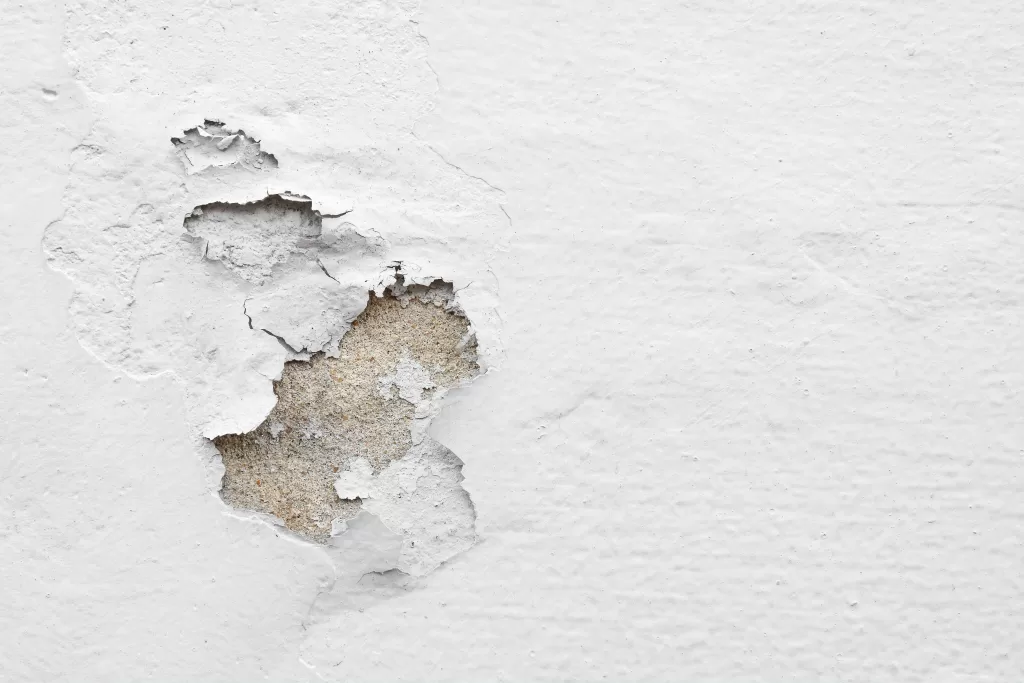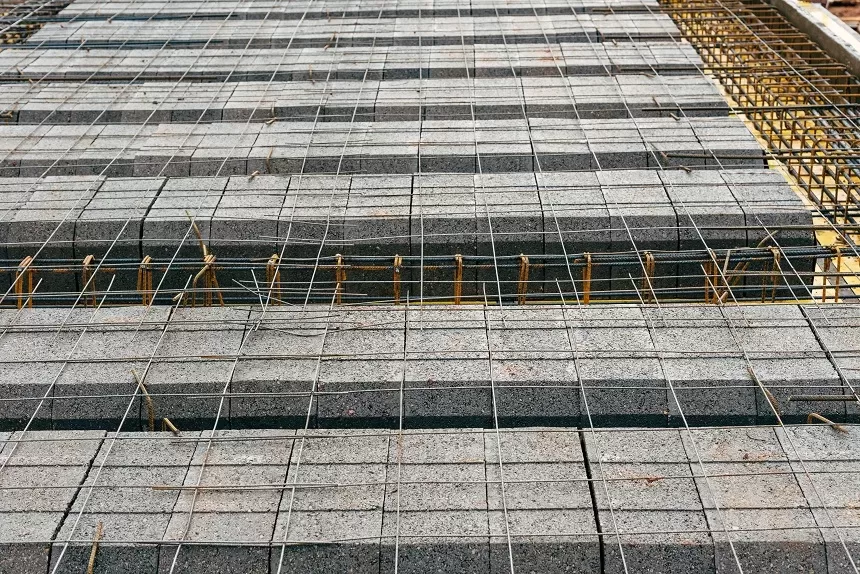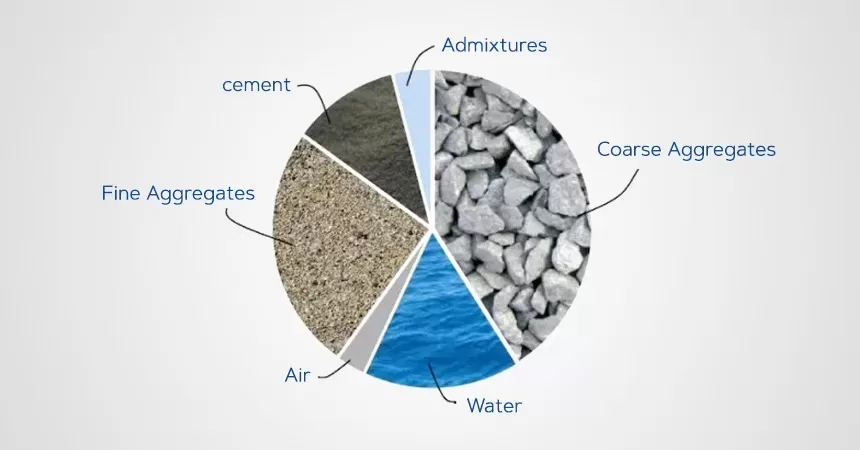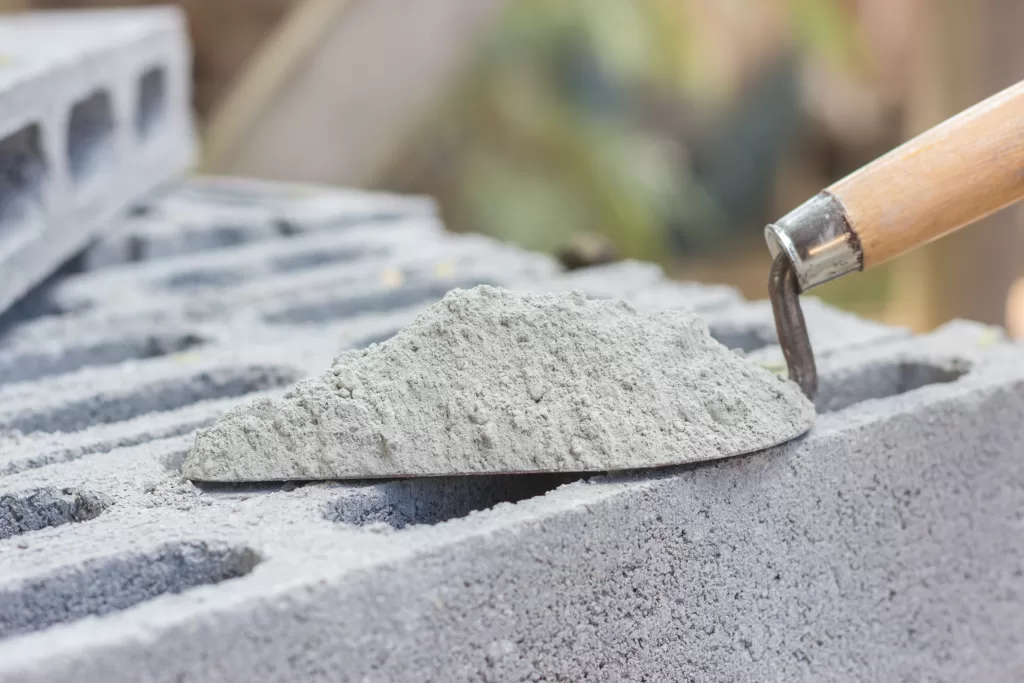When building a concrete structure, moisture is one of the most important factors as it hydrates the cementitious materials and aids the curing process. However, once the building is constructed and inhabited, moisture in concrete walls can be harmful to the walls and the occupants. In this article, you can get information on what causes dampness in walls and what steps you can take to prevent it.
Dampness – Meaning
Dampness refers to the unwanted presence of moisture in structural concrete elements, viz., walls, ceilings and floors. Dampness can impact the structural integrity of a building while also causing health concerns due to mould growth.
Causes of Dampness
The following are common sources of dampness in buildings:
- Condensation: When moisture cannot escape your home due to poor ventilation, the humidity in the space rises, leading to condensation on the walls in the form of water droplets. Where there’s water, there’s the risk of mould.
- Plumbing leaks: Leaks in pipes or fixtures cause water to enter walls and impact the integrity of brick and concrete if left unchecked.
- Rainwater: Rainwater can seep into your home especially if the roof is damaged externally, there are cracks on the wall, windows are not sealed tightly, etc. Water entering your structure through external walls is also referred to as penetrating damp.
- Groundwater: Groundwater levels may rise, and if the foundation is not built with proper drainage, groundwater can seep through the floors. Dampness due to groundwater is referred to as rising damp.
- Poor construction: During the construction stage, it is essential to use high-quality grey cement and aggregates. The concrete must be allowed sufficient time to cure, which helps strengthen bonds in the concrete. This is also done to aid the development of water resistance properties of concrete. Hence, poor construction can potentially lead to moisture seeping into your walls.
Impact of Dampness
The following are the various negative effects that dampness can have on your building structure and health:
- Dampness in structural elements can potentially disintegrate construction materials like brick, concrete, wood, etc. When water travels through cracks in concrete, it causes the lime compounds in the concrete to leach, which in turn, causes the formation of salt deposits on the surface of concrete. This process is called efflorescence. Excess leaching is harmful and can cause corrosion in reinforced concrete.
- Mould spores are present in the air, hence, it is impossible to get rid of them. Typically, these spores do not grow without moisture. So, if there is moisture in your home that you are not keeping in check, mould can grow. Exposure to mould can potentially aggravate respiratory conditions like asthma or cause allergic reactions. Extended exposure may cause hypersensitivity pneumonitis.
- Water can seep into junction boxes, electrical wiring and fixtures. Since impurities in the water can conduct electricity, it is best to stay away from electrical elements that have come in contact with water.
- Wooden furniture placed close to a wall can come in contact with moisture. Wood can absorb moisture from its surroundings and swell, causing the wood to split and crack.
How To Prevent Dampness
Here are a few ways you can minimise dampness in walls:
Replace damp-proof course
A damp-proof course is a preventive barrier installed during the building construction process to prevent water seepage. However, you may have to replace your damp-proof course if the water damage is excessive.
Seal wall cracks
Since cracks in the external wall can cause water to seep into the walls, consider sealing your walls at the earliest. The loose concrete and plaster should be removed, the crack must be filled with the appropriate fillers and the wall must be protected with paint or plaster.
Invest in waterproofing treatments
You can minimise the impact of water seepage by treating external walls and roofs with a waterproofing coat. It can potentially prevent rain from entering the roof and damaging internal walls.
Constructing a cavity wall
The construction of cavity walls involves creating a hollow space between two layers of walls. This hollow space is typically filled with insulation. A cavity wall can also help prevent moisture from penetrating walls and potentially compromising the structural integrity of the building.
Enjoy a healthy indoor climate with weather- and corrosion-resistant JK Super Protect Cement.
FAQs
What are the signs of dampness?
Damp walls tend to have stains and you can feel the dampness when you touch the walls. You may also see black mould around window frames and doors. The paint or wallpaper may start to peel or discolour. Also, a damp wall releases a musty smell.
What are the three primary types of damps?
Rising damp, penetrating damp and condensation are the three types of damps that can damage your walls.
What materials can be used for damp proofing?
Bitumen, asphalt, cement concrete or plastic sheets are a few common damp-proofing materials.














